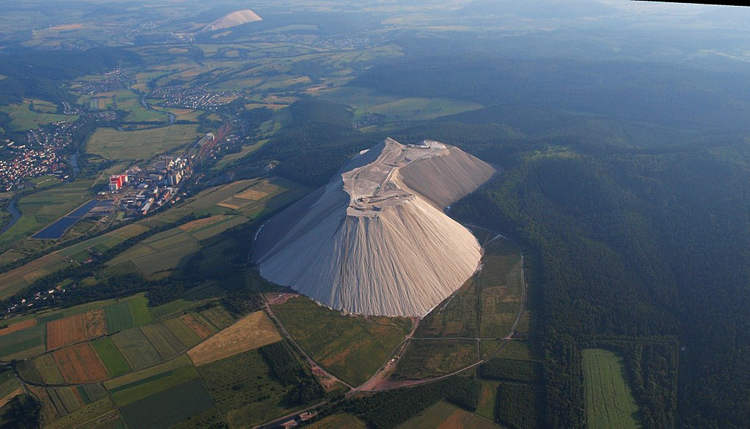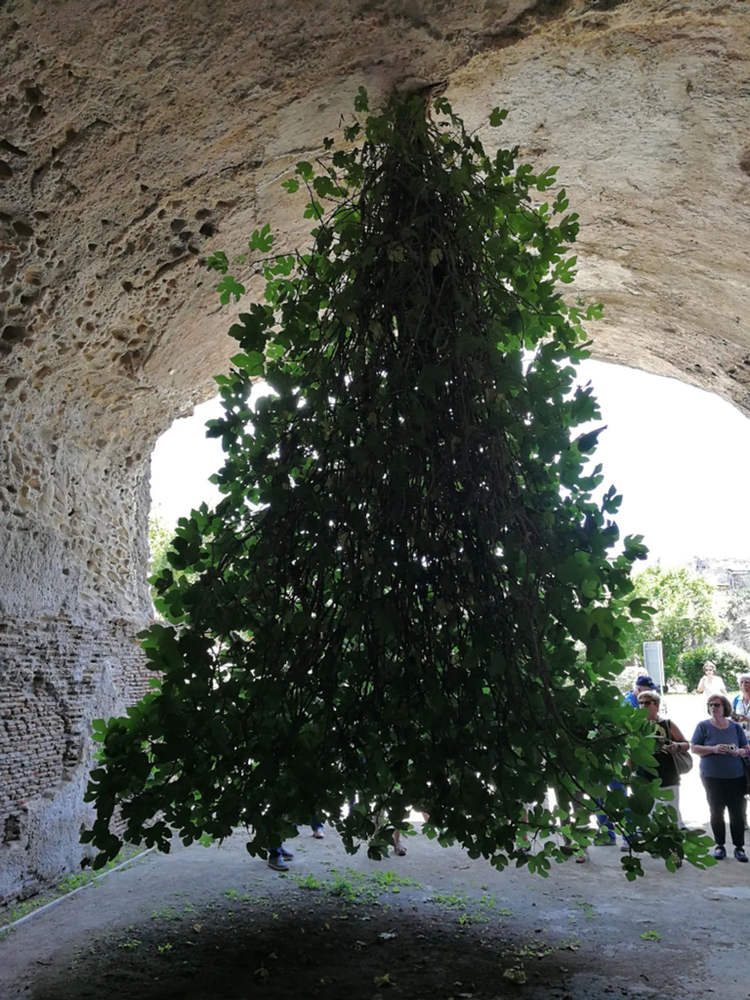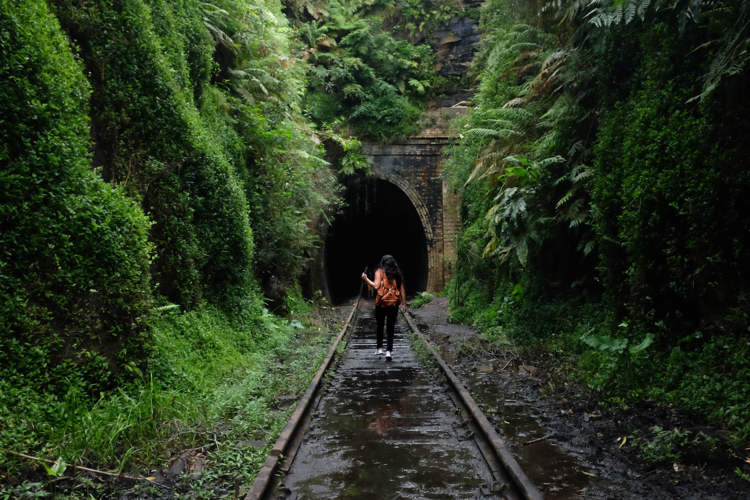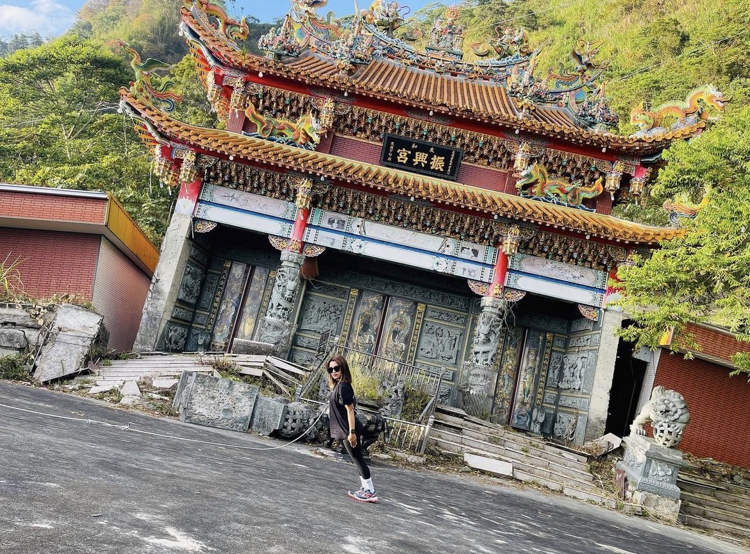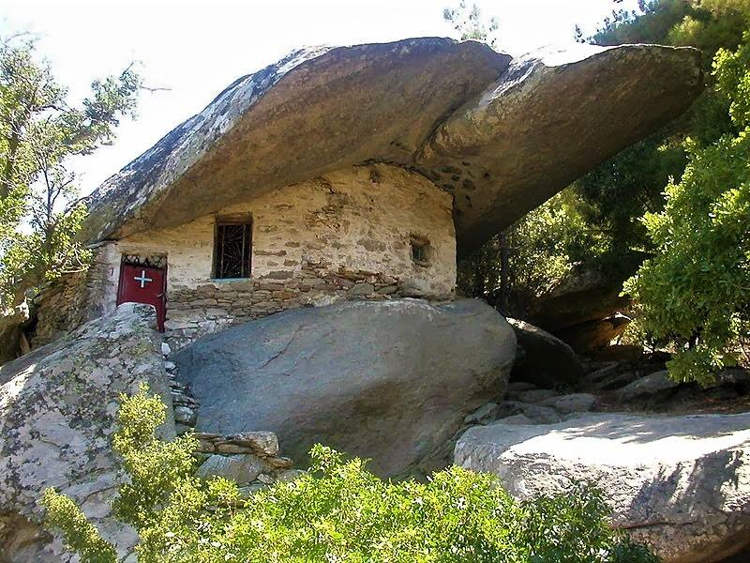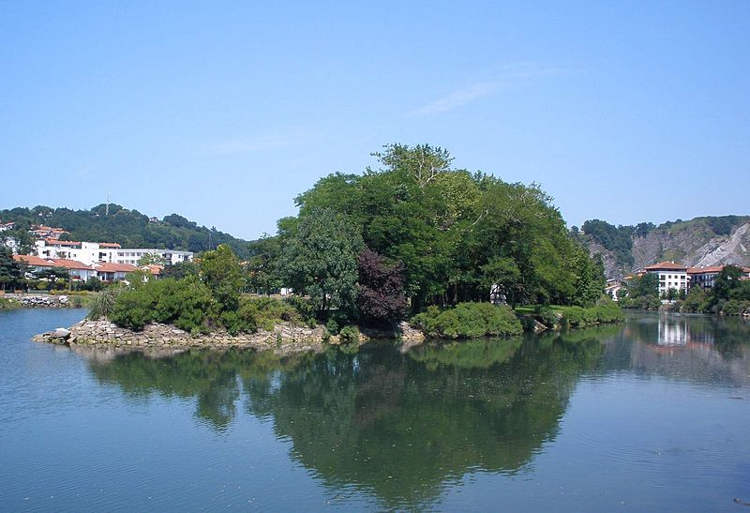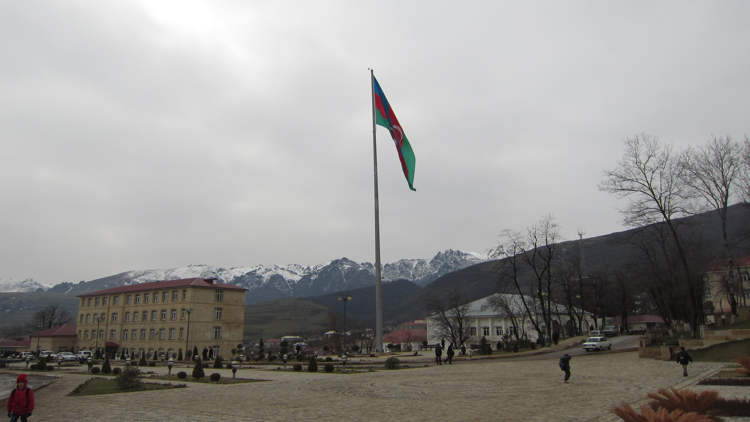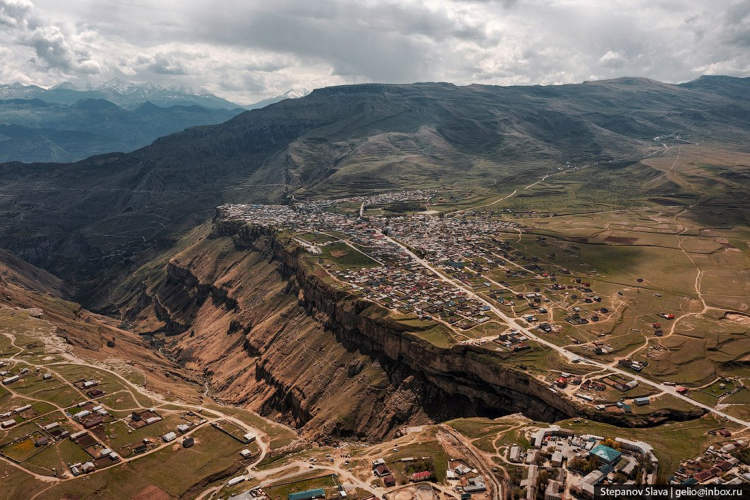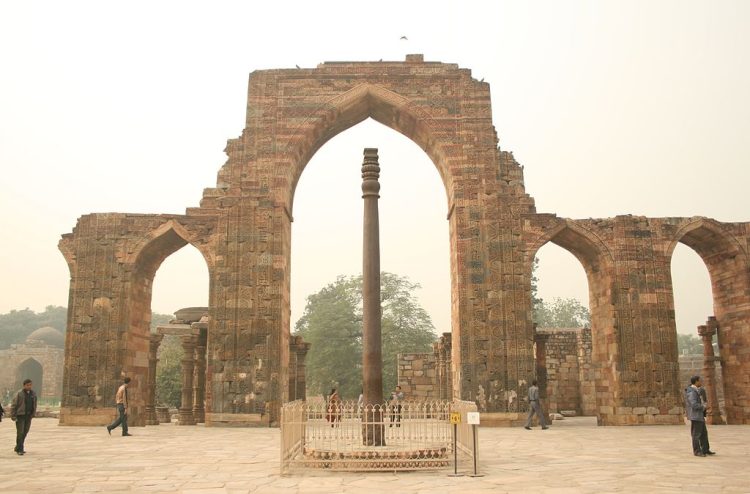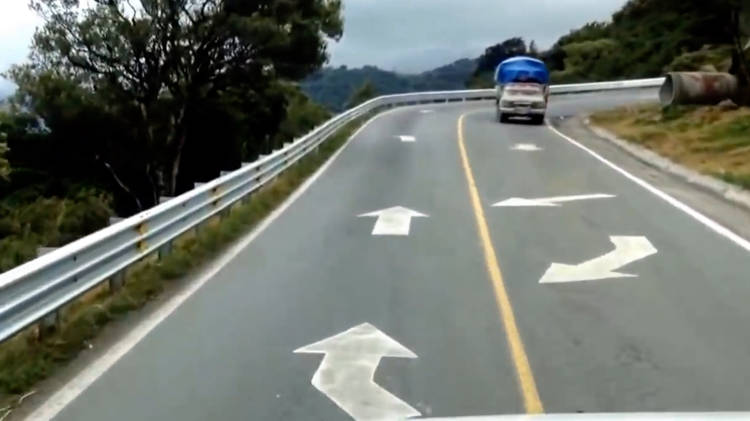Sułoszowa, a Polish village of around 6,000 people located in the Olkuska Upland, less than 30 km northwest of Kraków, has been dubbed ‘Little Tuscany’ because of its unusual layout.
The village of Sułoszowa has been around for many years, but it only recently started attracting international attention after bird’s eye photos and videos went viral on social media. Millions of people around the world were mesmerized by the unusual layout of the rural settlement – hundreds of houses on either side of a singular street, snaking through multi-colored agricultural fields as far as the eye can see. Every one of the 5.819 inhabitants – according to a 2017 census – lives on the same street, which stretches for over 9 kilometers.



